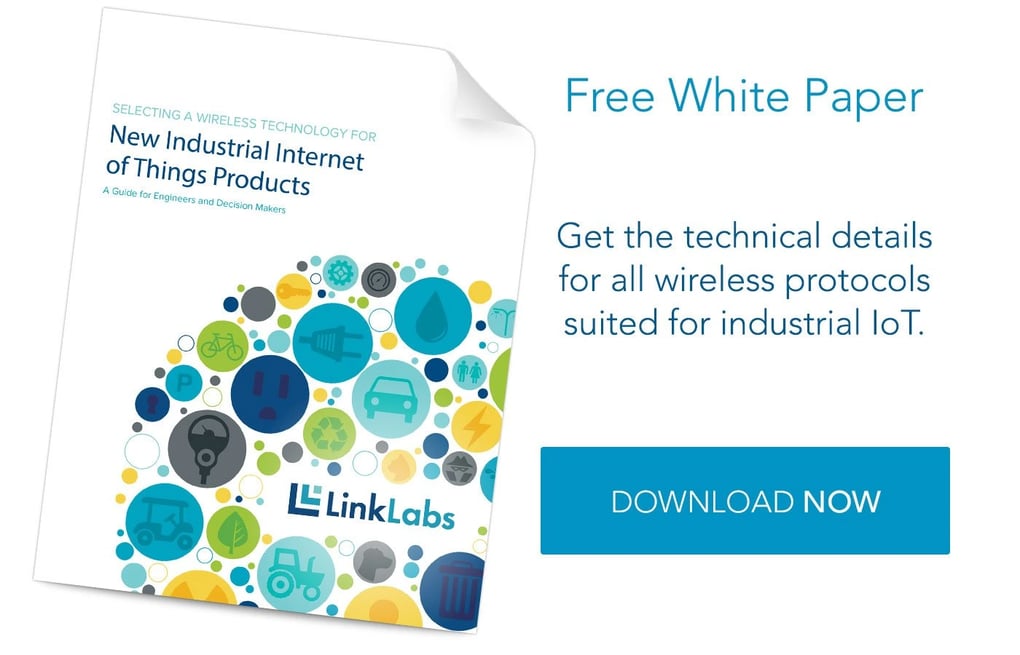Hundreds of Internet of Things (IoT) startup companies will be created this year. If you’re considering joining those ranks, you need to first think about how you’re going to make money.
Before you begin building your IoT system, you’ll need to fully understand your business model. This includes answering questions about whether you should make, buy, or partner with another company for each layer of your full stack IoT system, and very simply, how you plan on monetizing. A lot of startups we talk to underestimate the complexity, time, and cost involved in creating an end-to-end system—and we don’t want you to make that same mistake.
Understanding Your IoT Business Model
The “Thing”
In any IoT business, there’s a device (i.e. a “thing”) that performs particular function. (We often joke that many people forget that the Internet of Things is made up of things.) This is an important lesson for startups: If you’re going to be in the “thing” business, you need to understand all of the complexities that go along with it. This includes understanding the physical packaging, printed circuit board, BOM, assembly, integration, sensors, batteries, certifications, moldings, designs, assembly, testing, quality assurance, boxing, shipping, labeling… and so much more. This is tough! And if you haven’t taken time to consider those things, you may quickly realize that you’re in way over your head.
For example, if you decide to use “off-the-shelf” sensors, maybe you feel like you’re not being as innovative as you should be. But we feel strongly that there are plenty of unexplored opportunities that could use widely available sensors.
For example, Scout Security has done a great job at taking ZigBee security sensors and integrating them into an easy-to-use system, where value is provided at the cloud and user interface (UI) level. They haven’t done anything innovative on the sensor side, but they’ve created a really slick app and a “thing” with easy provisioning—and that’s what consumers are looking for.
An Access Point, Hub, Or Gateway
This is what connects the data (if your “thing” uses a wireless system), like a WiFi router talking to a particular thing in your home.
If you can build a device that uses your customer’s WiFi, that’s clearly the easiest route to go. But, configuration can be a problem, because the customer has to give the application access to their network. This isn’t difficult, but if you don’t build an easy-to-use user interface, your customers aren’t going to be happy. Companies like Particle are trying to make the development of systems like this easy. They offer development kits to companies that want to build smart applications to run off of WiFi or cellular.
A Cloud Layer
You can create a server application stack yourself or use someone else’s platform. There are a lot of companies out there that offer “IoT Platforms”, like ThingWorx and FogHorn. Both are trying to make the cloud easier to use on an application level.
Keep in mind there are plenty of programmers who live to make apps in the cloud, so it’s a competitive space. But by the same token, using an off-the-shelf solution may not be as easy as you think—it’s likely missing customization that you may need. Because of this, many companies start with an off-the-shelf solution, and then over time, they create something more customized.
Hardware Vs. Service Charges
The main question young IoT startups need to answer is, “How am I going to get paid?” This answer will change based on a few important business model decisions. To successfully understand your business model, you have to consider your business as a system—that is, you need to consider every single part.
You need to determine whether you’ll be making your gross margin from a one-time sale or a recurring cost. We caution companies against the one-time sale model if it’s hardware based, because it’s such a difficult business to be in. Early on, making anything is expensive. If Apple was going to make only 10 iPhone’s, those phones would cost millions of dollars each, due to the cost of tooling, test fixtures, labor, setup charges, design, non-recurring engineering expenses, and more.
A lot of IoT companies are trying to offer value as a monthly subscription for a service. Again, Scout Security is a great example of this model done successfully. Customers buy their security hardware for a pretty good markup, but they also pay a small monthly charge to be able to get alerts, like calls or texts. Scout Security also offers a monitoring service (similar to a traditional alarm company) for customers willing to pay quite a bit more each month.
The same way a consumer thinks about upfront and recurring costs, a large enterprise or government body will think about capital expenditures (capex) and operational expenditures (opex) if they look at acquiring you. Governments, for example, generally prefer capital expenditures because it can raise municipal bonds to cover them—but opex comes right from tax revenue. Most municipalities would rather raise a $1 million dollar bond to pay for new water meters in the city than pay a service provider every month for wireless water metering. This creates jobs and makes more sense from a budgeting perspective, and never forget you will be hard-pressed to convince a municipality or organization to trade someone’s job for your technology.
Final Considerations
Here’s our final thought: We would much rather see a company burst on to the IoT startup scene boasting something as specific as “a smart digital sign used outside of conference rooms that connects to a businesses outlook system”, than a very generic horizontal. In our humble opinion, it is far better to go into a vertical-specific market, solve a problem completely, and use the lessons you’ve learned to transition into a broader platform. That way, you’ve created a product with a clear, well-defined buyer, and you can slowly move your way to the top of the food chain.




